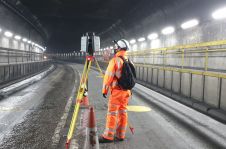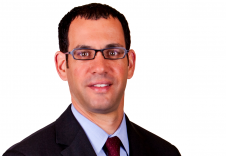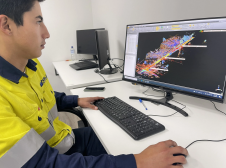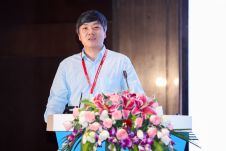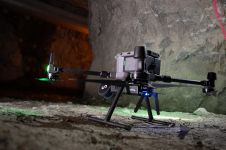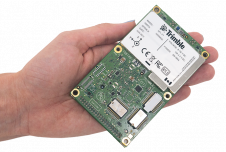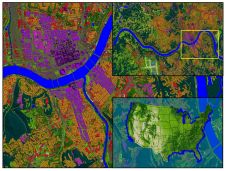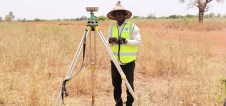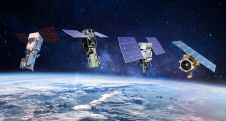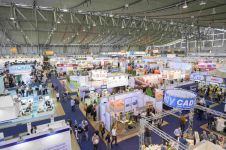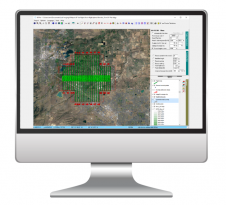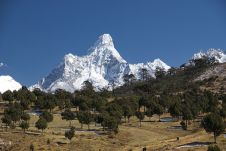Geomatics Education in Latvia
Developments in Geomatics Education (2)
The term ‘geomatics’ came into use in the Latvian technical education system during implementation of the international project Geomatic Education in Latvia (GEMLA). The author provides some background and discusses the new Geomatics programme to be launched in academic year 2007/2008. The GEMLA project was implemented by the Department of Geodesy at Riga Technical University in co-operation with Mikkeli Polytechnic (Finland), Karlsruhe University of Technology (Germany) and Nottingham Trent University (UK), resulting in establishment on 24th February 2003 of the Department of Geomatics.
Study Programme
Over a hundred students are enrolled on the degree course ‘Geodesy and Cartography’. This academic year forty students chose Geomatics as their future field of study, a very encouraging number. Nevertheless, the number of geodesists being trained here is not enough to meet the demand of practice; some graduates choose careers in cartographic and real-estate companies. We have three types of degree programme: bachelor, master and engineer. Table 1 shows the number of graduates as per the three programmes over the last fifteen years. The academic staff consists of ten experts in geodesy, cartography, photogrammetry, and real-property management, all actively involved in scientific research work. Part of their teaching load is devoted to the civil engineering and architecture programmes of which Geo–desy is a compulsory component. Our facilities include a computer classroom, an exhibition showing the development of land survey, a library, a wide range of modern geodetic instruments and specialised software.
In academic year 2007/2008 we will offer a new degree programme in Geomatics for bachelor and master students. The main goal is to enhance the level of professional training and increase the number of specialised subjects, at the same time retaining the required academic subjects (mathematics, physics and a foreign language). The programme includes four main courses:
- geodetics, including theoretical and high geodesy and geodetic data-processing
- cartography (basic, theoretical and thematic)
- GIS, photogrammetry, gravimetry and cadastral surveying
瓦尔,地籍属性uation, land management and land-registration systems.
Co-operation
We co-operate with recently established companies in Latvia to which students may be seconded for internships, and many students combine work with studies. The status we have enjoyed since 2005 as scientific research laboratory for Intergraph enables us to make use of modern software. Our becoming a member of the International Federation of Surveyors (FIG) in October 2006 opened up to us the FIG educational database. The staff participates in international projects. For example one of our lecturers, Maris Kalinka, was national co-ordinator of a project to provide Iraq with technical assistance from the Republic of Latvia in the field of photogrammatic documentation of architectural/archaeological sites. We are also co-operating with the Institute of Geodesy and Geoinformation at the University of Latvia (Prof. Janis Balodis is director of this institute and one of our lecturers) on a joint project entitled ‘European Position Determination System – INTERREG III Project EUPOS - IRC’. In 2006 we agreed co-operation with the Department of Geodesy of Lviv Politechnic University in Ukraine. And our students are involved in Erasmus Phare programmes: this academic year four students will study at Mikkeli Polytechnic and two students at the University of Valencia (Spain).
Make your inbox more interesting.Add some geo.
Keep abreast of news, developments and technological advancement in the geomatics industry.
Sign up for free


